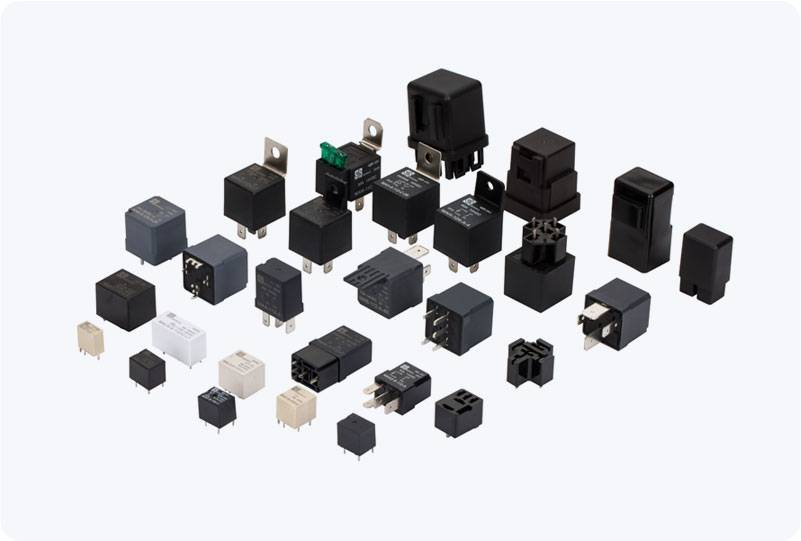high current relay: a key component for high-power applications
Release time:2025-08-24 11:24:42
High current relays are vital components in electrical and electronic systems that require the switching of large currents. These relays are designed to handle high-power loads, making them essential in numerous applications such as industrial control systems, electric vehicles, power grids, and renewable energy systems. This article will explore the design, features, applications, and importance of high current relays in modern electrical and industrial systems.

What is a High Current Relay?
A high current relay is a type of electromechanical switch used to control the flow of high electrical current. Unlike standard relays, which are typically used to control low-power circuits, high current relays are specifically designed to handle large amounts of current, often ranging from 10A to 100A or more. These relays use powerful contacts that can withstand the electrical and thermal stresses that arise when large currents pass through them.
The operation of a high current relay is simple yet crucial: when an electric signal is sent to the coil of the relay, it generates a magnetic field that attracts or repels a contact mechanism, allowing or breaking the connection of the high current circuit. High current relays are commonly used to open or close circuits in systems requiring precise control of large power loads.

